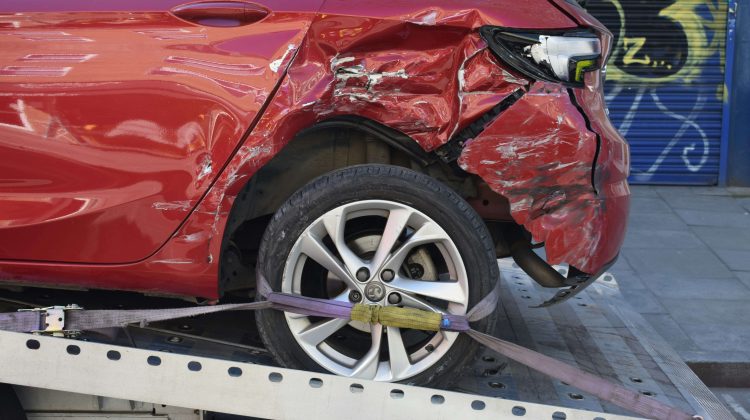In an ideal scenario, you should be able to trust that other drivers follow the laws of the road. Unfortunately, not all drivers are as safe as they should be. Many drivers tend to disregard the laws of the road, partaking in dangerous driving behaviors that may result in serious accidents.
Top 3 Most Dangerous Driving Behaviors
Driving Under the Influence
Driving under the influence (DUI), or drunk driving, is when an individual operates a motor vehicle under the influence of alcohol. If your blood alcohol content level (BAC) is higher than 0.08%, it is illegal to operate a motor vehicle in the United States. In the United States, about 28 people die every day due to drunk-driving-related crashes.
Drunk drivers can end up having to live with the consequences. Some common punishments for drunk drivers include:
- Driver’s license suspension
- Vehicle confiscation
- Alcohol abuse treatment programs
- Incarceration
- Higher insurance payments
- Fines
Impaired drivers will lack the ability to make quick decisions, which makes them more likely to be involved in an accident. Drunk drivers not only put themselves at risk but also endanger others on the road.
Distracted Driving
Drivers can be easily distracted on the road. Distracted driving is very risky behavior and can lead to accidents and even death. According to 2019 NHTSA data, distracted driving claimed 3,142 lives in the United States. There are three main types of distractions drivers can be faced with:
- Cognitive: Anything that takes your mind off driving
- Visual: Taking your eyes off the road
- Manual: Taking one or both hands off the wheel
Some common examples of distractions include talking or texting on your phone, taking your hands off the wheel, or eating and drinking.
To learn more about your state’s distracted driving laws, visit the Governors Highway Safety Association for more information.
Speeding
The faster a motor vehicle is going, the more difficult it is to stop. Speeding puts everyone on the road in danger, including other drivers, passengers, and pedestrians. In the United States, speeding killed over 9,400 people in 2019.
Speed limits are put in place along highways and roads to notify drivers on the maximum speed allowed. The importance of speed limits is simple: to reduce the risk of accidents and create a safe traveling speed for all motor vehicle drivers. Some of the most common reasons drivers may speed can be due to:
- Traffic congestion
- Running late
- Driving under the influence
- Unaware of the speed limit
- Road rage
- Disregard for traffic safety laws
Speeding can also affect your safety as well as other drivers when bad weather or unsafe conditions occur on the roadway.
How to Identify an Aggressive Driver
It is important to be aware of other drivers’ actions when driving. Some common signs of an aggressive driver include:
- Erratic lane changes
- Racing other drivers
- Tailgating another vehicle
- Yelling at other drivers
- Excessive honking
- Blocking other vehicles from changing lanes
- Failing to obey traffic signals and speed limits
- Refusing to yield for right-of-way drivers
Reporting Aggressive Driving Behavior
If you see a driver on the road acting dangerously or aggressively, it is important to report them to the police if they pose a serious risk to other drivers. Memorize the make and model of the vehicle and call the police immediately.
Common Questions From Law Enforcement
If you are reporting the driver to law enforcement, here are some common questions they may ask to help identify the vehicle.
- What state is the vehicle from?
- What color is the vehicle?
- How is the driver acting recklessly?
- Are there any distinctive details about the vehicle?
- Where is the vehicle traveling to?
Make sure to exercise extreme caution when driving next to a dangerous driver. If you have been in an accident due to a reckless driver, contact a personal injury attorney for legal assistance. An attorney who is experienced in auto accidents can assist you with your claim and obtain fair compensation for your injuries and losses.




No Comment